In short, it’s a heat-free method that involves prepping your post-shower hair with products, “plopping” your damp curls into a T-shirt placed in front of you on a flat surface so they coil naturally, and then securing the sleeves into a turban to keep the shirt fastened to your head until the hair is dry, or mostly dry. For a visual, behold a tutorial that has racked up nearly 13 million views since February: Embedded content: https://www.youtube.com/embed/mInPt4-_Dyc As for my own mane, I’ve been styling it pretty much the exact same way for years, remaining loyal to my two-product cocktail — a mousse and a paste — that cannot be beat. I let it air dry, only diffusing when I’m in a hurry, and I’m plenty happy with the way it looks on most days. Beyond that, I’m reluctant to try new methods because … if it ain’t broke, don’t fix it, amiright? After asking what products I use to style my hair, a snooty stylist in New York once remarked, “Mousse?! I didn’t even know they still made that since the ’80s.” Ahem. Yes, they still make it. And I think I know what works best for the mane I’ve been training — and perfecting — since the days of Aussie Sprunch Spray, thankyouverymuch. Nevertheless, all the principles of plopping seemed logical to me — not at all antithetical to the things I know work well. I could use my go-to products, avoid heat, and possibly improve the bounce while reducing the frizz? That was something I had to try. So I did. As prescribed, I conditioned my hair and applied product.
Next, I placed a T-shirt on my bed, and dropped my curls into the center of it, first securing the waistband around the nape of my neck, and then tying the sleeves around the front, tucking under at the neck. (The longer dolman style of sleeves gave me more fabric to work with — an ideal scenario for newbies.)
Glamorous, right? Not — but who cares. It’s a means to an end, and if it works, I’m sold. So did it? A drum roll, please, for the results…
In short, this is not unlike how my hair normally looks. I’d do it again, but hardly consider plopping to be an essential or revolutionary new strategy, despite high hopes. Here are my key findings: Plopping pros: Plopping does seem to add a bit of volume around the scalp, which is key to avoiding that triangle look anathema to curly-haired folks. It seems to reduce natural drying time by a little. Plopping cons: The end result seems a bit stringier, with some curls appearing frizzy or flat. My top tip: Some people suggest equal success can be achieved with a towel or a T-shirt. No way! A towel would only amplify frizz. The verdict: Eh. My results were underwhelming. But even though I didn’t have whopping success with the plopping method, I can see its merits. I’ll keep trying variations — for instance, letting it dry fully overnight instead of removing the T-shirt while the hair is still a bit damp — and see where it leads.
Images via Ilkiv Anastasia/shutterstock; Alesandra Dubin; Olga Gu/shutterstock
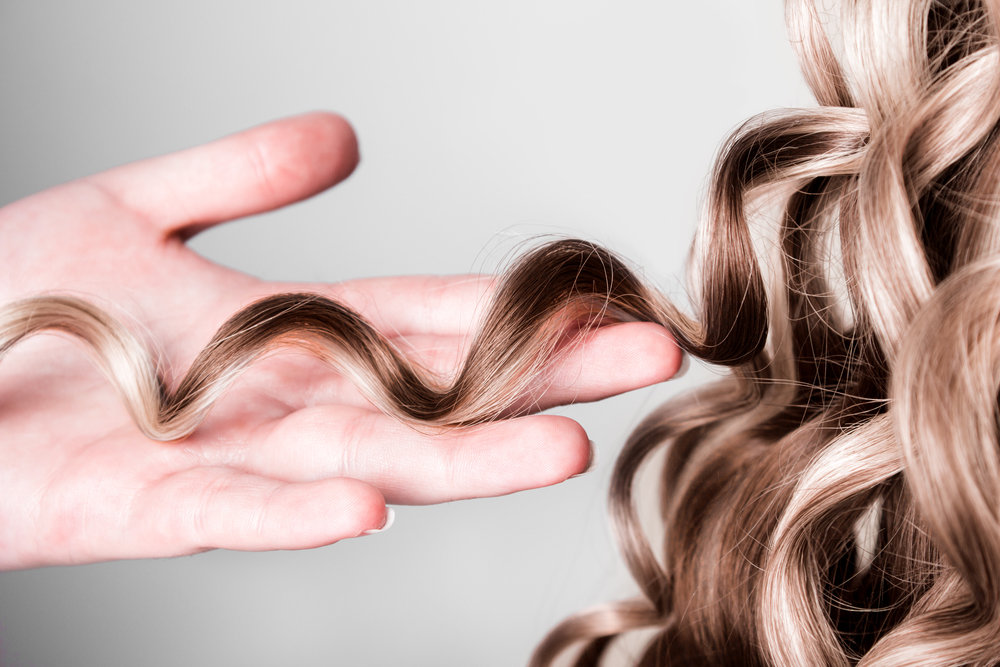
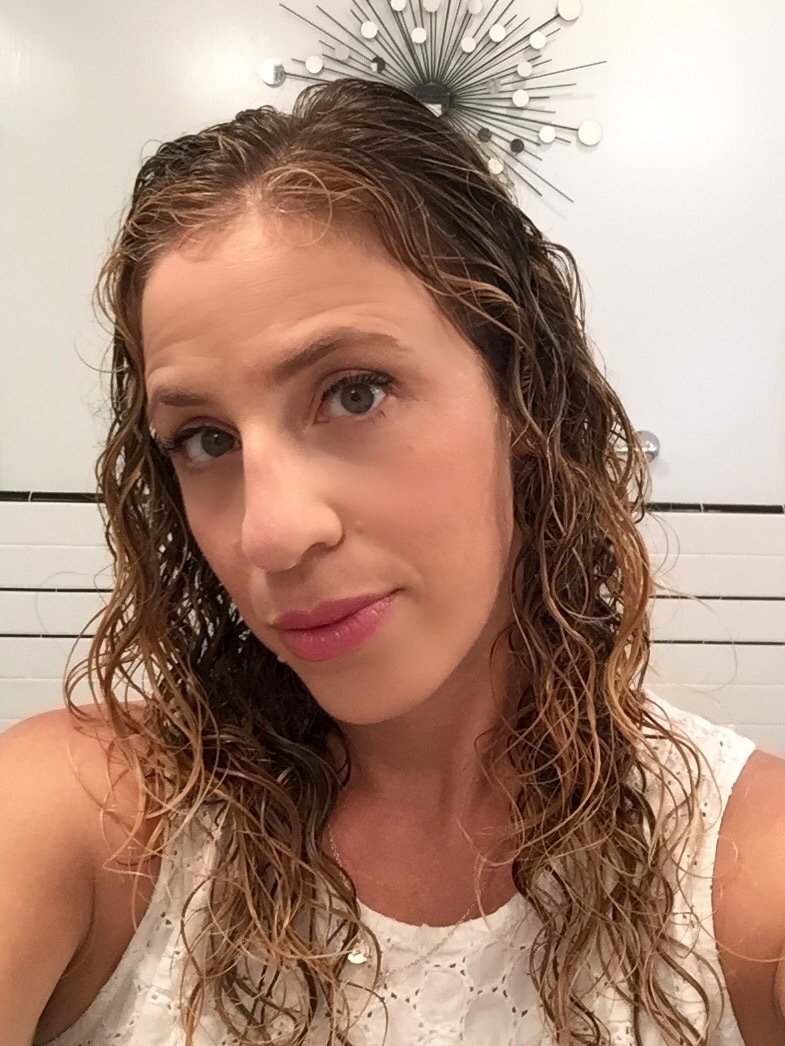
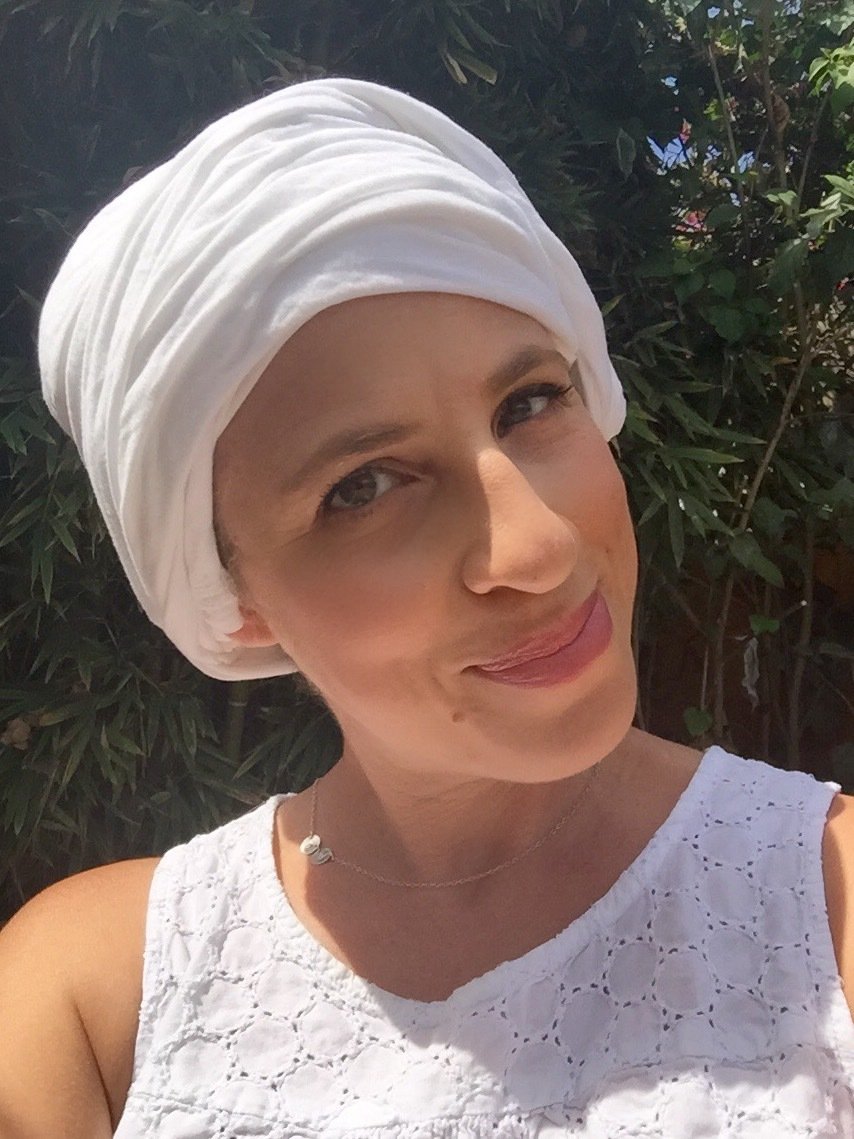
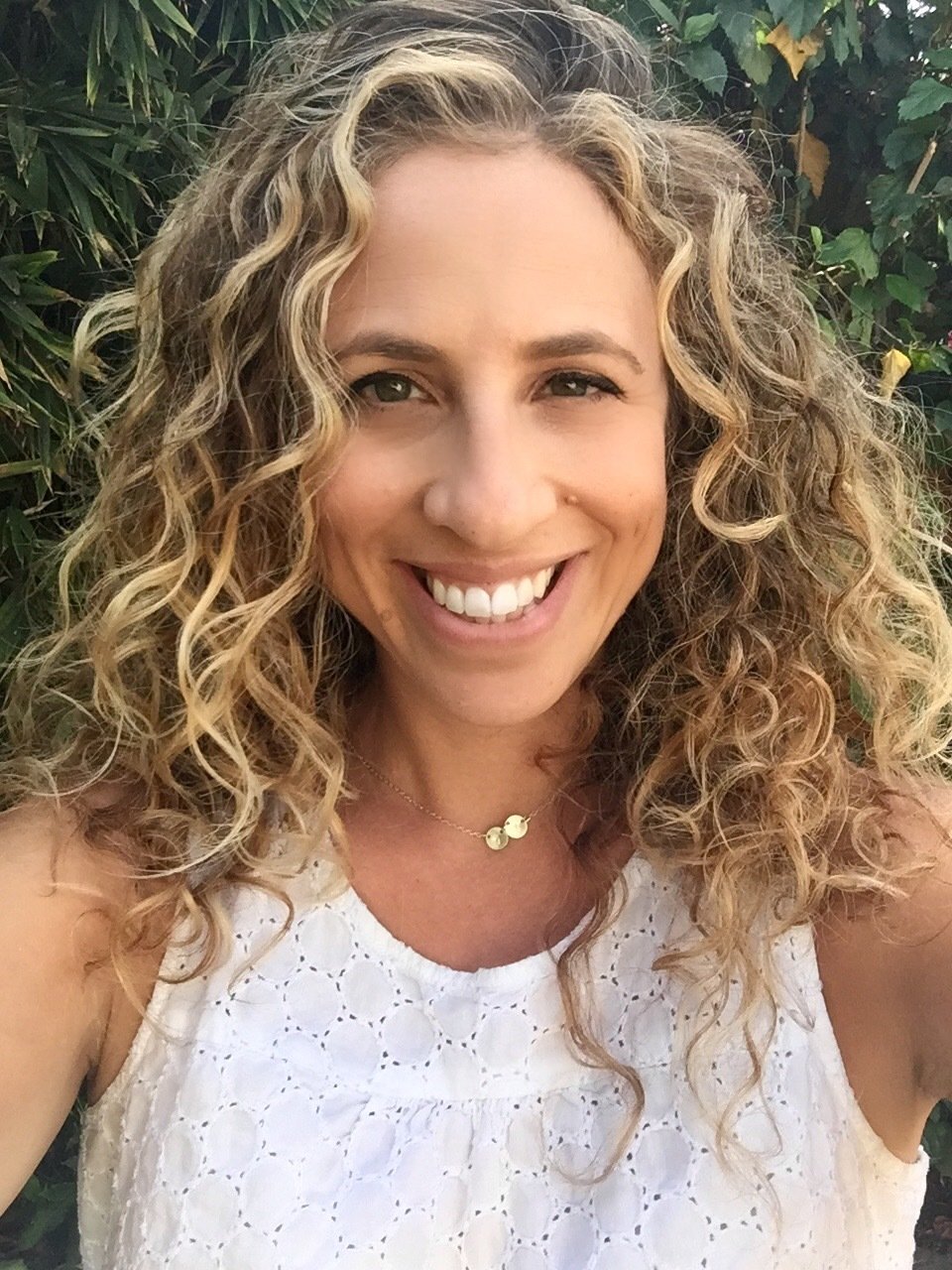
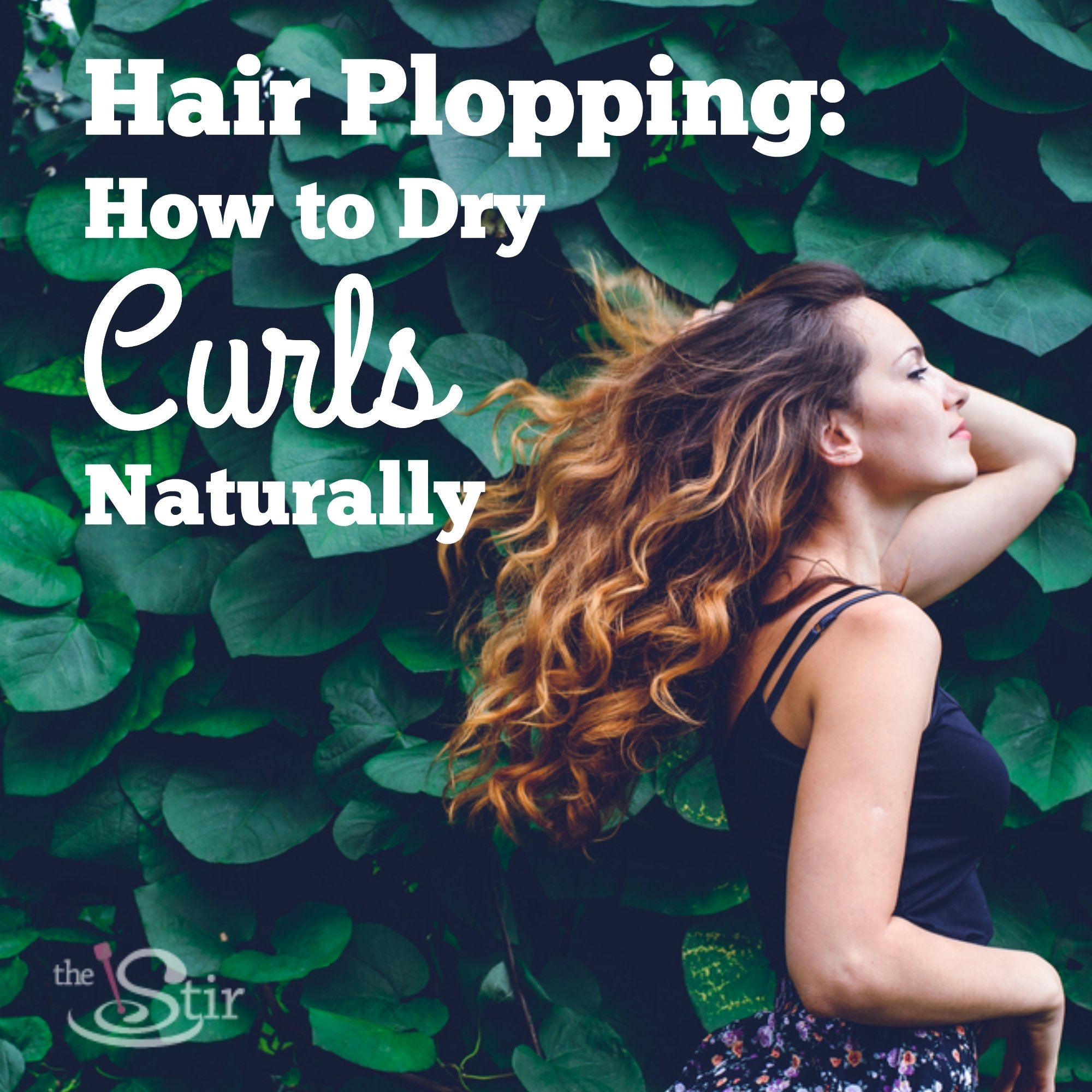

title: “Does The Plopping Hair Trick Really Create Perfect Curls I Found Out Photos " ShowToc: true date: “2024-10-24” author: “Thomas Watson”
In short, it’s a heat-free method that involves prepping your post-shower hair with products, “plopping” your damp curls into a T-shirt placed in front of you on a flat surface so they coil naturally, and then securing the sleeves into a turban to keep the shirt fastened to your head until the hair is dry, or mostly dry. For a visual, behold a tutorial that has racked up nearly 13 million views since February: Embedded content: https://www.youtube.com/embed/mInPt4-_Dyc As for my own mane, I’ve been styling it pretty much the exact same way for years, remaining loyal to my two-product cocktail — a mousse and a paste — that cannot be beat. I let it air dry, only diffusing when I’m in a hurry, and I’m plenty happy with the way it looks on most days. Beyond that, I’m reluctant to try new methods because … if it ain’t broke, don’t fix it, amiright? After asking what products I use to style my hair, a snooty stylist in New York once remarked, “Mousse?! I didn’t even know they still made that since the ’80s.” Ahem. Yes, they still make it. And I think I know what works best for the mane I’ve been training — and perfecting — since the days of Aussie Sprunch Spray, thankyouverymuch. Nevertheless, all the principles of plopping seemed logical to me — not at all antithetical to the things I know work well. I could use my go-to products, avoid heat, and possibly improve the bounce while reducing the frizz? That was something I had to try. So I did. As prescribed, I conditioned my hair and applied product.
Next, I placed a T-shirt on my bed, and dropped my curls into the center of it, first securing the waistband around the nape of my neck, and then tying the sleeves around the front, tucking under at the neck. (The longer dolman style of sleeves gave me more fabric to work with — an ideal scenario for newbies.)
Glamorous, right? Not — but who cares. It’s a means to an end, and if it works, I’m sold. So did it? A drum roll, please, for the results…
In short, this is not unlike how my hair normally looks. I’d do it again, but hardly consider plopping to be an essential or revolutionary new strategy, despite high hopes. Here are my key findings: Plopping pros: Plopping does seem to add a bit of volume around the scalp, which is key to avoiding that triangle look anathema to curly-haired folks. It seems to reduce natural drying time by a little. Plopping cons: The end result seems a bit stringier, with some curls appearing frizzy or flat. My top tip: Some people suggest equal success can be achieved with a towel or a T-shirt. No way! A towel would only amplify frizz. The verdict: Eh. My results were underwhelming. But even though I didn’t have whopping success with the plopping method, I can see its merits. I’ll keep trying variations — for instance, letting it dry fully overnight instead of removing the T-shirt while the hair is still a bit damp — and see where it leads.
Images via Ilkiv Anastasia/shutterstock; Alesandra Dubin; Olga Gu/shutterstock






title: “Does The Plopping Hair Trick Really Create Perfect Curls I Found Out Photos " ShowToc: true date: “2024-10-15” author: “Jose Leighton”
In short, it’s a heat-free method that involves prepping your post-shower hair with products, “plopping” your damp curls into a T-shirt placed in front of you on a flat surface so they coil naturally, and then securing the sleeves into a turban to keep the shirt fastened to your head until the hair is dry, or mostly dry. For a visual, behold a tutorial that has racked up nearly 13 million views since February: Embedded content: https://www.youtube.com/embed/mInPt4-_Dyc As for my own mane, I’ve been styling it pretty much the exact same way for years, remaining loyal to my two-product cocktail — a mousse and a paste — that cannot be beat. I let it air dry, only diffusing when I’m in a hurry, and I’m plenty happy with the way it looks on most days. Beyond that, I’m reluctant to try new methods because … if it ain’t broke, don’t fix it, amiright? After asking what products I use to style my hair, a snooty stylist in New York once remarked, “Mousse?! I didn’t even know they still made that since the ’80s.” Ahem. Yes, they still make it. And I think I know what works best for the mane I’ve been training — and perfecting — since the days of Aussie Sprunch Spray, thankyouverymuch. Nevertheless, all the principles of plopping seemed logical to me — not at all antithetical to the things I know work well. I could use my go-to products, avoid heat, and possibly improve the bounce while reducing the frizz? That was something I had to try. So I did. As prescribed, I conditioned my hair and applied product.
Next, I placed a T-shirt on my bed, and dropped my curls into the center of it, first securing the waistband around the nape of my neck, and then tying the sleeves around the front, tucking under at the neck. (The longer dolman style of sleeves gave me more fabric to work with — an ideal scenario for newbies.)
Glamorous, right? Not — but who cares. It’s a means to an end, and if it works, I’m sold. So did it? A drum roll, please, for the results…
In short, this is not unlike how my hair normally looks. I’d do it again, but hardly consider plopping to be an essential or revolutionary new strategy, despite high hopes. Here are my key findings: Plopping pros: Plopping does seem to add a bit of volume around the scalp, which is key to avoiding that triangle look anathema to curly-haired folks. It seems to reduce natural drying time by a little. Plopping cons: The end result seems a bit stringier, with some curls appearing frizzy or flat. My top tip: Some people suggest equal success can be achieved with a towel or a T-shirt. No way! A towel would only amplify frizz. The verdict: Eh. My results were underwhelming. But even though I didn’t have whopping success with the plopping method, I can see its merits. I’ll keep trying variations — for instance, letting it dry fully overnight instead of removing the T-shirt while the hair is still a bit damp — and see where it leads.
Images via Ilkiv Anastasia/shutterstock; Alesandra Dubin; Olga Gu/shutterstock






title: “Does The Plopping Hair Trick Really Create Perfect Curls I Found Out Photos " ShowToc: true date: “2024-10-19” author: “Allen Estrella”
In short, it’s a heat-free method that involves prepping your post-shower hair with products, “plopping” your damp curls into a T-shirt placed in front of you on a flat surface so they coil naturally, and then securing the sleeves into a turban to keep the shirt fastened to your head until the hair is dry, or mostly dry. For a visual, behold a tutorial that has racked up nearly 13 million views since February: Embedded content: https://www.youtube.com/embed/mInPt4-_Dyc As for my own mane, I’ve been styling it pretty much the exact same way for years, remaining loyal to my two-product cocktail — a mousse and a paste — that cannot be beat. I let it air dry, only diffusing when I’m in a hurry, and I’m plenty happy with the way it looks on most days. Beyond that, I’m reluctant to try new methods because … if it ain’t broke, don’t fix it, amiright? After asking what products I use to style my hair, a snooty stylist in New York once remarked, “Mousse?! I didn’t even know they still made that since the ’80s.” Ahem. Yes, they still make it. And I think I know what works best for the mane I’ve been training — and perfecting — since the days of Aussie Sprunch Spray, thankyouverymuch. Nevertheless, all the principles of plopping seemed logical to me — not at all antithetical to the things I know work well. I could use my go-to products, avoid heat, and possibly improve the bounce while reducing the frizz? That was something I had to try. So I did. As prescribed, I conditioned my hair and applied product.
Next, I placed a T-shirt on my bed, and dropped my curls into the center of it, first securing the waistband around the nape of my neck, and then tying the sleeves around the front, tucking under at the neck. (The longer dolman style of sleeves gave me more fabric to work with — an ideal scenario for newbies.)
Glamorous, right? Not — but who cares. It’s a means to an end, and if it works, I’m sold. So did it? A drum roll, please, for the results…
In short, this is not unlike how my hair normally looks. I’d do it again, but hardly consider plopping to be an essential or revolutionary new strategy, despite high hopes. Here are my key findings: Plopping pros: Plopping does seem to add a bit of volume around the scalp, which is key to avoiding that triangle look anathema to curly-haired folks. It seems to reduce natural drying time by a little. Plopping cons: The end result seems a bit stringier, with some curls appearing frizzy or flat. My top tip: Some people suggest equal success can be achieved with a towel or a T-shirt. No way! A towel would only amplify frizz. The verdict: Eh. My results were underwhelming. But even though I didn’t have whopping success with the plopping method, I can see its merits. I’ll keep trying variations — for instance, letting it dry fully overnight instead of removing the T-shirt while the hair is still a bit damp — and see where it leads.
Images via Ilkiv Anastasia/shutterstock; Alesandra Dubin; Olga Gu/shutterstock





